About
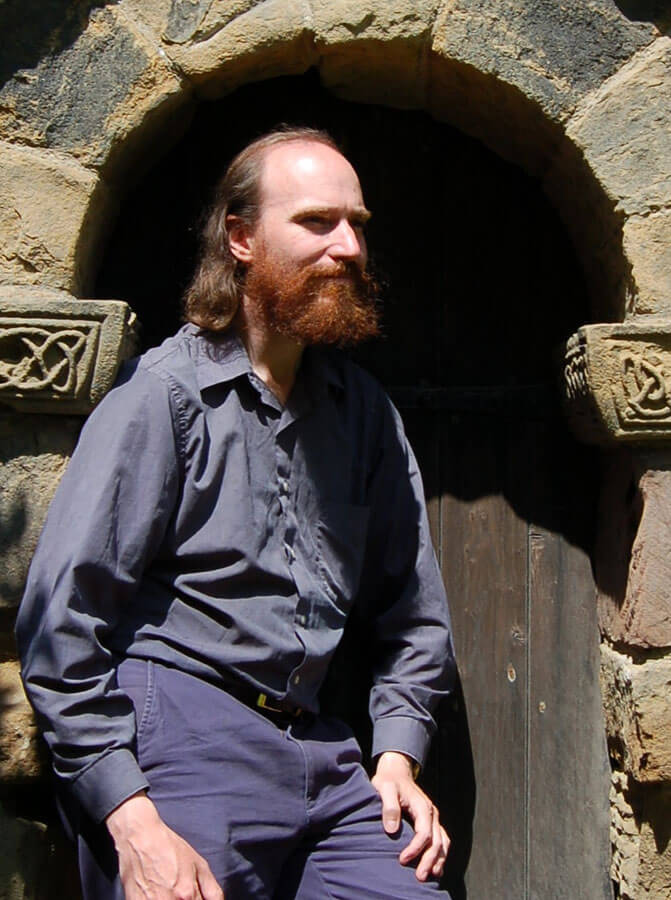
Andrew Gould
Andrew is an artisan and designer specializing in traditional buildings and liturgical art. He studied art history at Tufts University and University College London, and earned a Masters of Architecture degree from University of Pennsylvania. He started practicing in Charleston in 2004, apprenticing with designer/builder George Holt, with whom he still collaborates from time to time.
Andrew has designed dozens of new buildings, renovations, and custom liturgical furnishings. His practice is based in Charleston, South Carolina, and his residential and commercial work is focused within the Charleston Historic District. When designing churches and liturgical art, Andrew works in the Eastern Orthodox traditions (Byzantine and Russian), and his work can be found throughout North America and beyond.
Andrew and his wife Julie got married and converted to the Orthodox faith in 2004. They have three children.
Andrew Gould is not a licensed architect. For projects that require an architect according to state law, Andrew collaborates with a local architect of record.
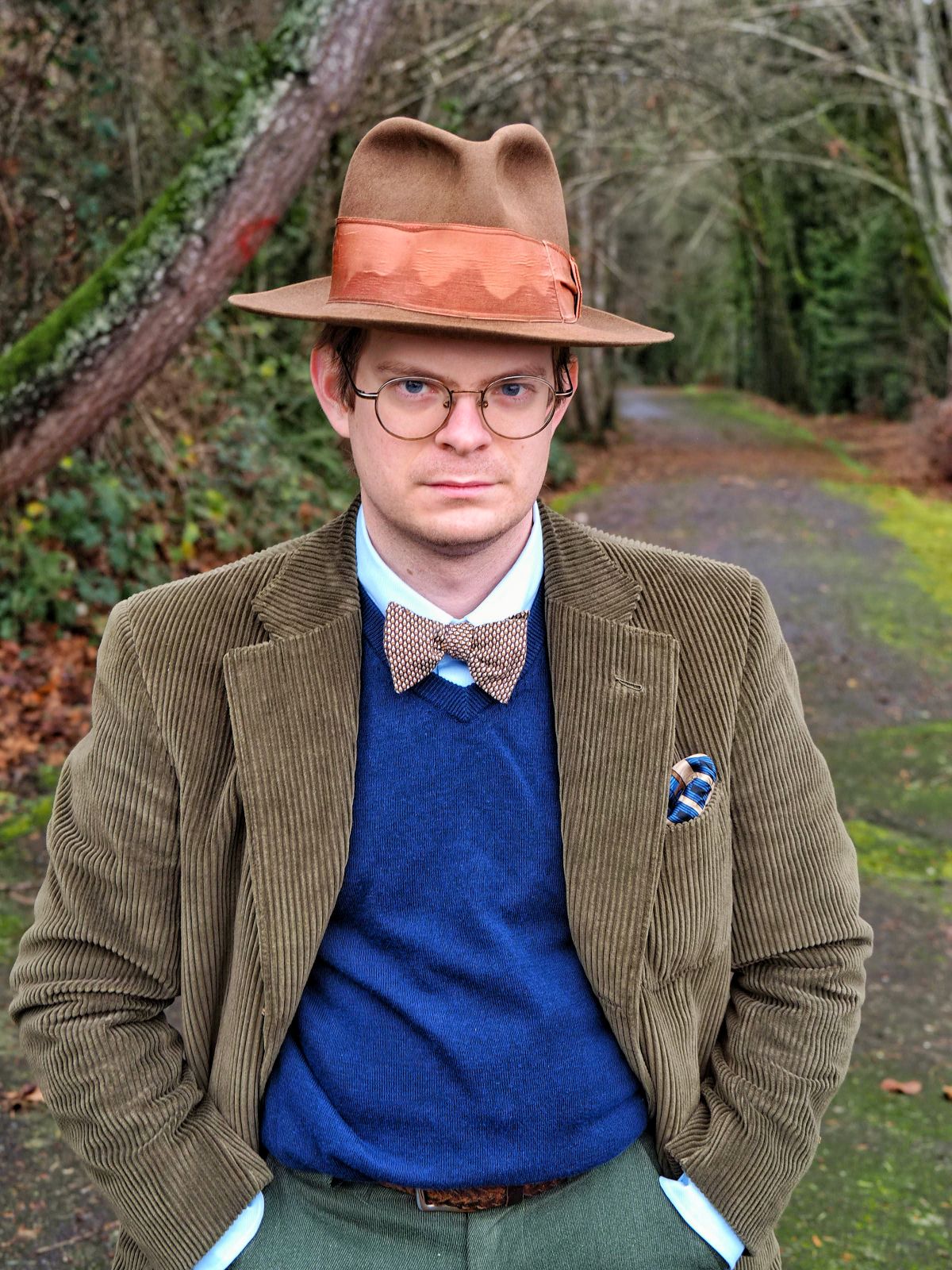
Jakob Janssen
Jakob studied medieval history at St. Olaf College in Minnesota. He has worked as an organist, wine bottler, and humanities teacher at his home in Oregon. He studied architecture at the University of Notre Dame, and soon after moved to Charleston in 2025.
Jakob is most grateful for the extended stays in England and Italy that he has had the opportunity to take. His travels there and elsewhere have given him firsthand experience of the various urban and architectural conditions which make one’s environment exciting to live in. His particular architectural interests are in modeling and rendering, the layout of liturgical space, and curved geometries.
Outside of work Jakob takes part in Scottish and Contra dancing, singing in his church choir, and enjoys taking long walks.
Our Practice
We are a small office in Downtown Charleston doing all of our drafting in-house. For larger design projects, and projects out of state, we frequently collaborate with a licensed architect-of-record. We have a sister business, New World Byzantine Studios, which is a licensed manufacturer and retailer of liturgical art. We have a small workshop for making individual pieces and prototypes, and we collaborate with several larger workshops for the production of major pieces.

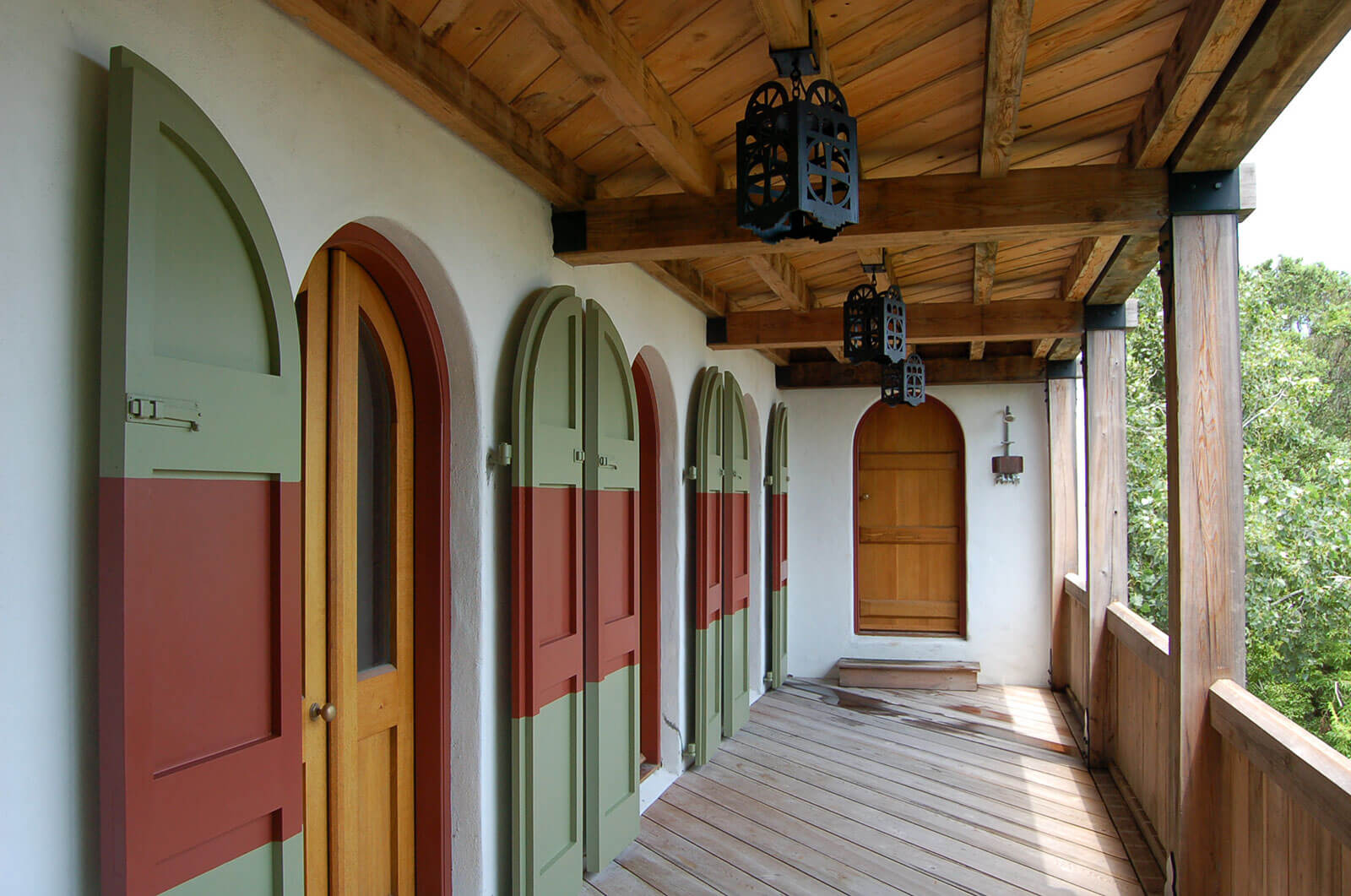
Design Philosophy
We believe in traditional design. The best solution to most design problems can be found in the past. But we do not eschew modern materials, or disregard modern circumstances. On the contrary, we embrace them as way to distinguish our work – to keep it fresh. With good design, tradition and originality are complements, not opposites. With every project, we seek to make something new – something meaningfully responsive to its time and place – while still rooted in traditional standards of beauty.
One particular focus of ours is the materiality of building. Solid and beautiful materials are the essential bones of any fine building. In our buildings, we do not seek to create the "look" of a beautiful structure, but rather to structure the building beautifully. We use heavy wood beams and solid masonry walls because they last centuries and make people feel comfortable and secure. We use real wood and stucco on walls not just for charm, but so they can withstand wear and tear and even the occasional flood. We pave driveways in antique brick rather than concrete pavers, because handmade materials ought to really be handmade, and natural variations in color ought to really be natural.
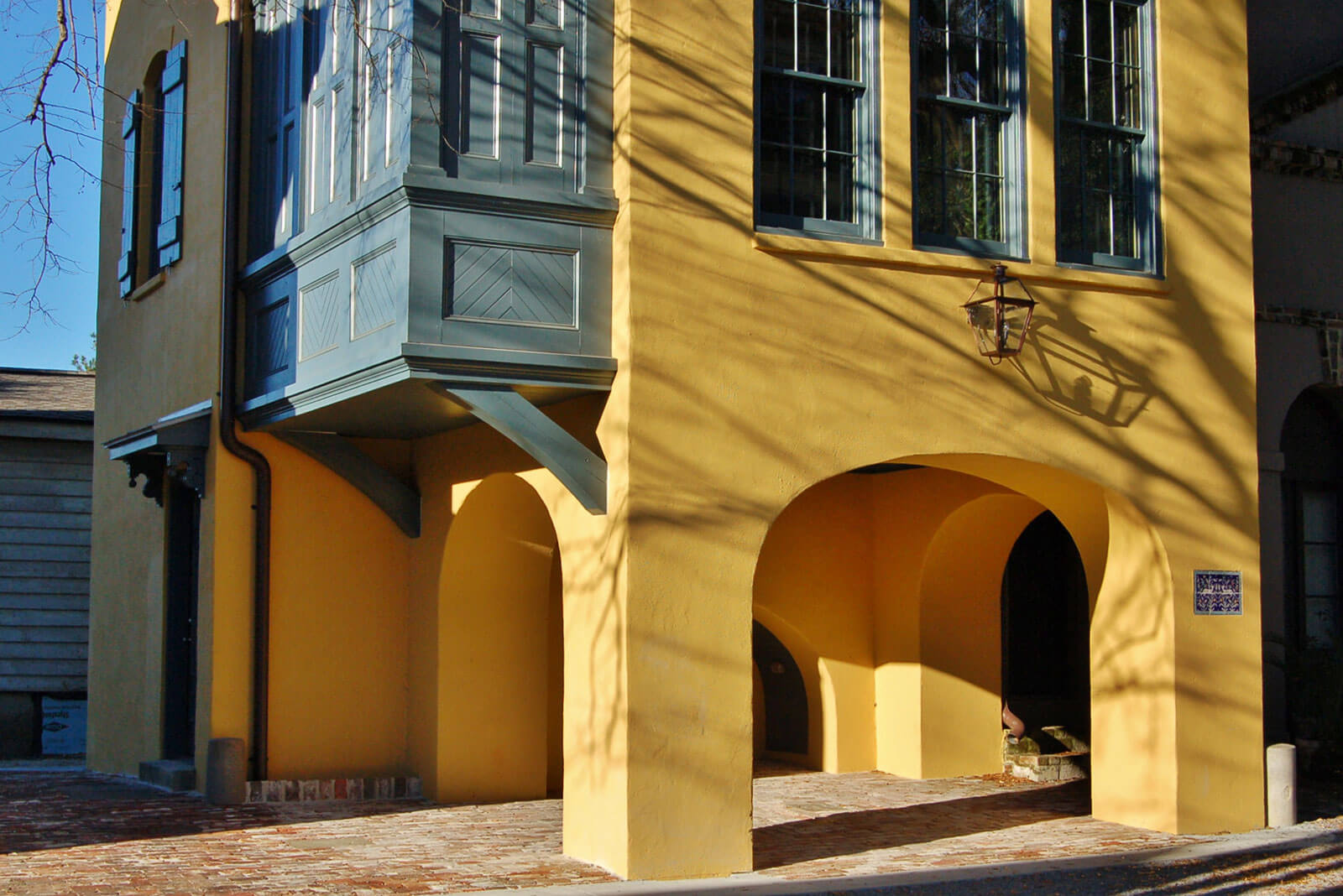
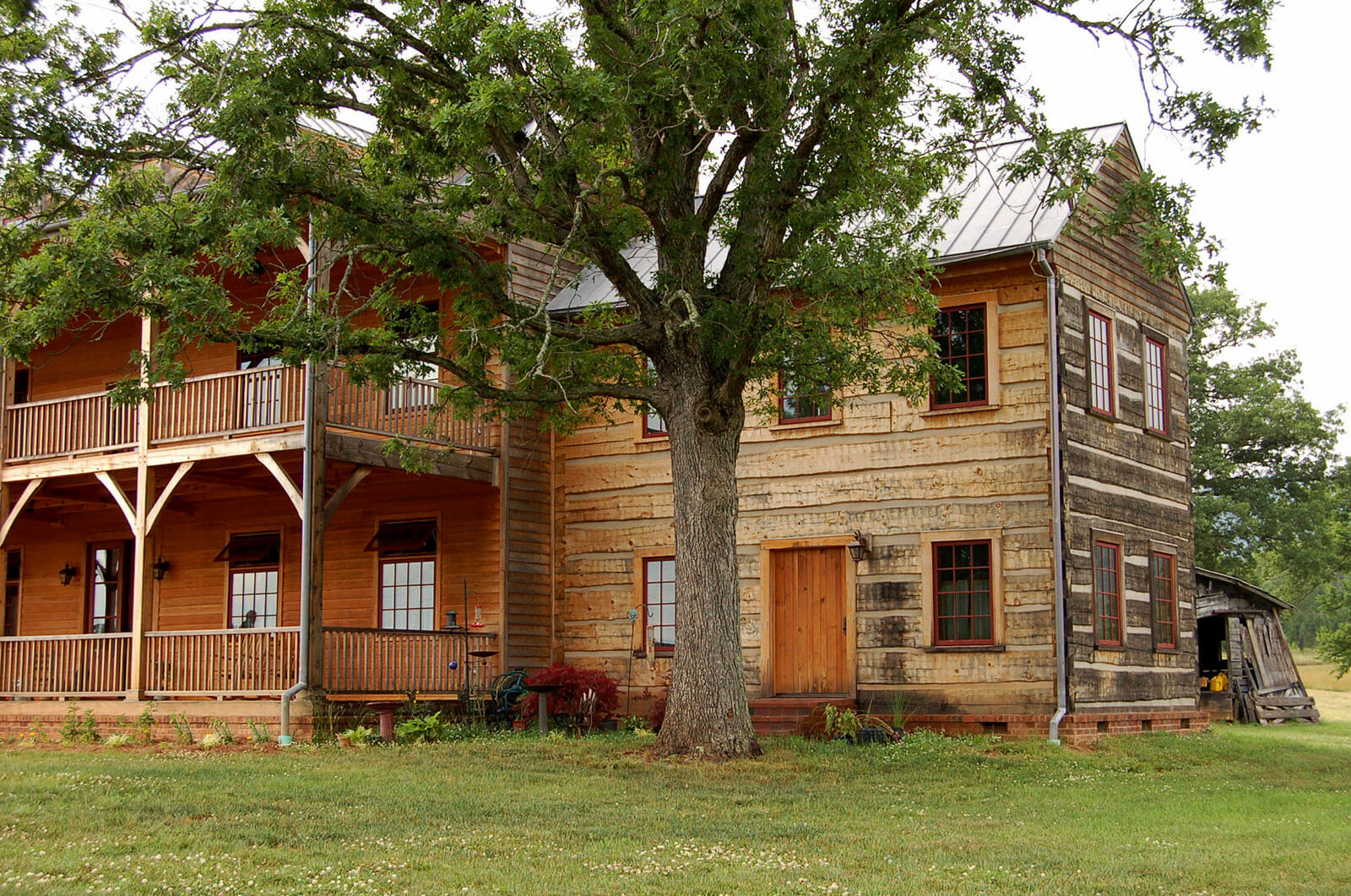
People can feel the difference. They respond so well to our buildings because they feel that the experience is authentic, not an imitation. The most frequent comment we get about our work is disbelief that something new could be so well-made, and sometimes stubborn insistence that our buildings are actually hundreds of years old! We don't think of authentic materials as a luxury, but as a basic staple of life, and, like real food, real materials often cost less than their synthetic replacements.
Another focus of ours is details. Today, most buildings are designed to look their best from far away - the way they look in renderings. But people do not interact with buildings from across the street. People experience buildings at arm's length and eye level, and get to know buildings as much by touch, smell, and sound, as by sight. Most often, people really love old buildings for how they feel up close - the handmade textures, the coolness of the solid materials, and the gracious elegance of good ornamentation. In our work, we pay a great deal of attention to these small details, because even a single beautiful detail makes people feel honored by a building - they know it was put there for their enjoyment, an acknowledgement of human dignity and the need for beauty in our lives.
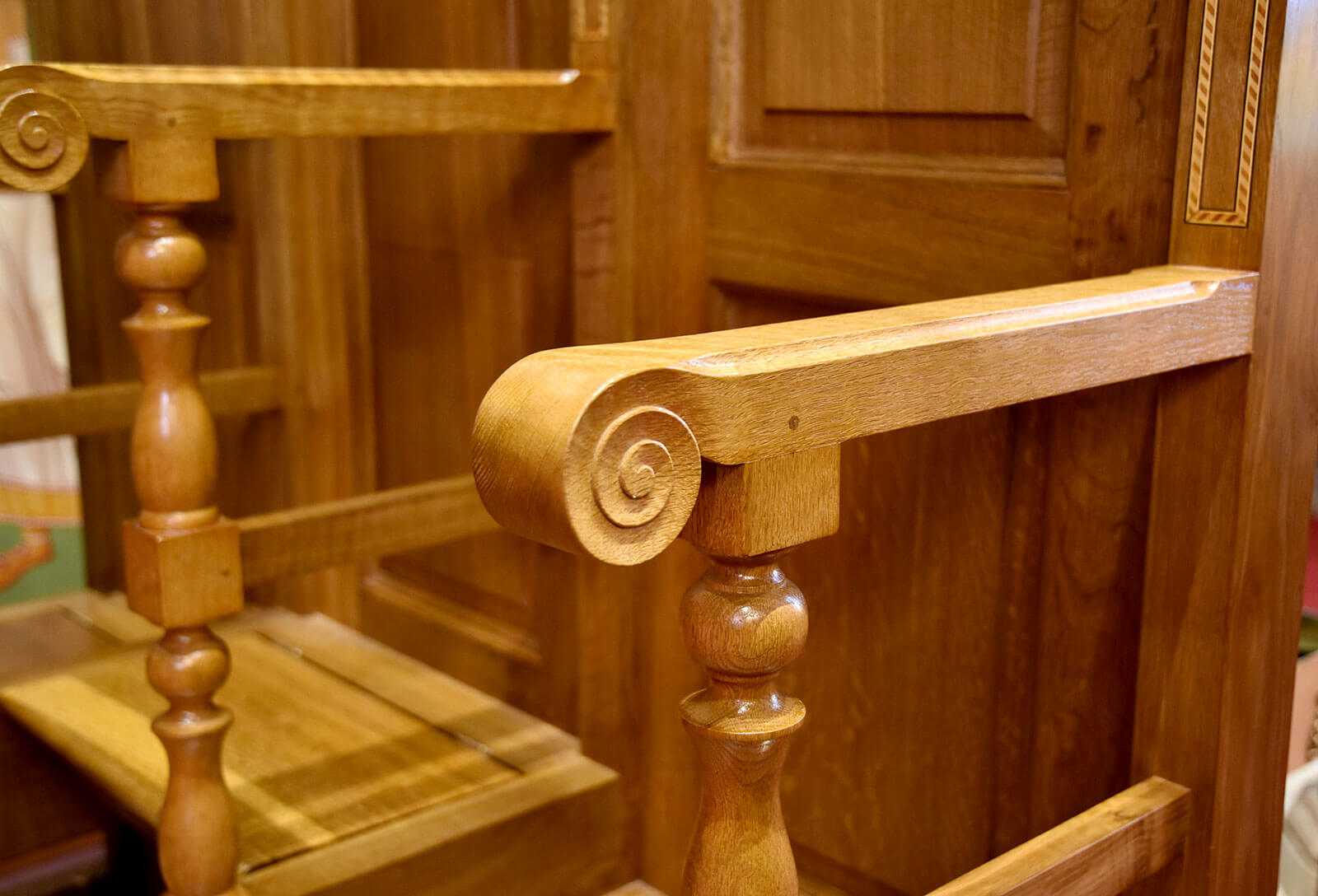
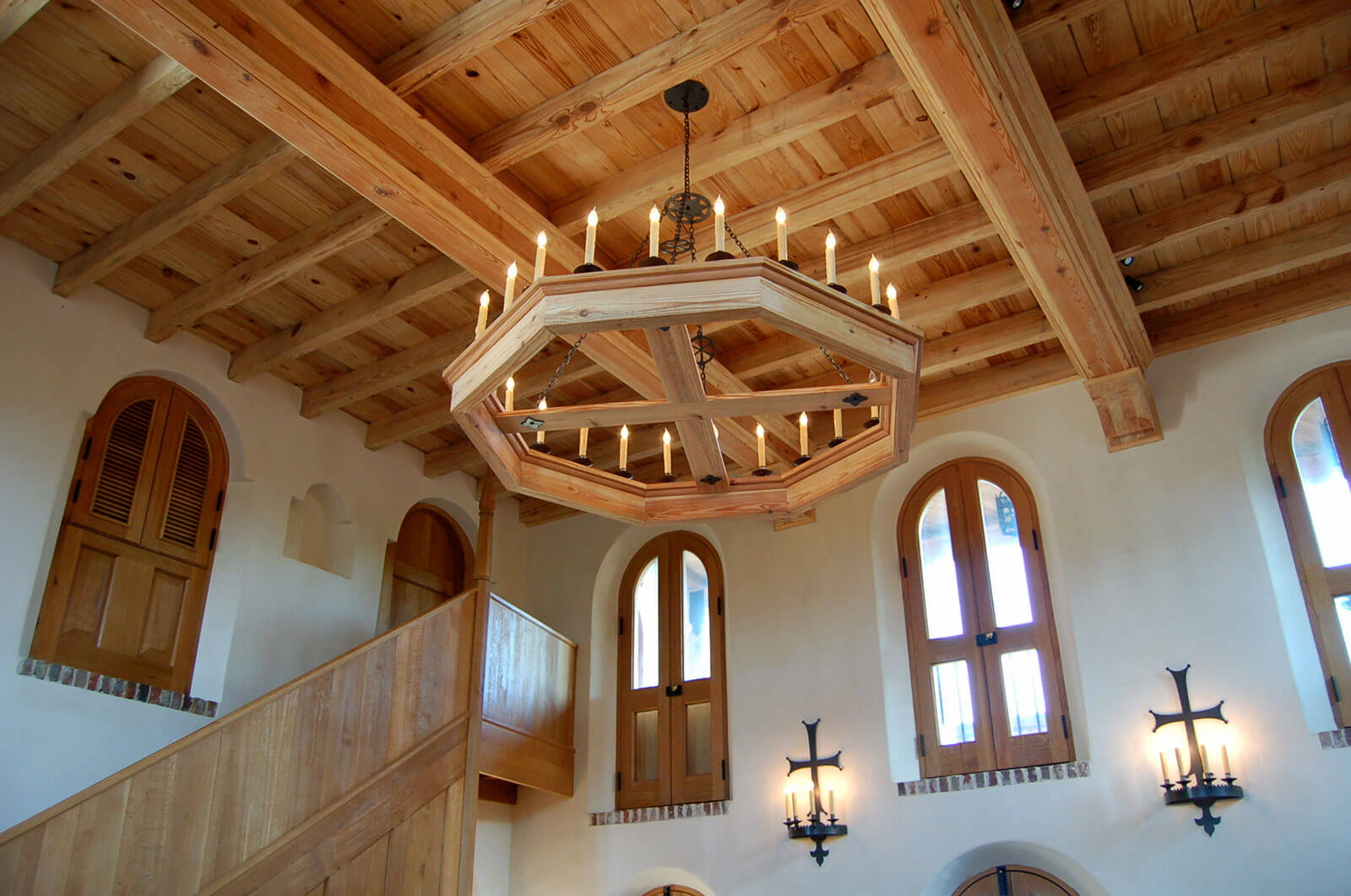
While we work so hard to get these things right, we also remember to steer clear of cold perfection. We sometimes want our buildings to express a charming vernacular naiveté, sometimes a romantic fantasy of an oriental dream, and sometimes the fearful and awesome beauty of an encounter with God. Our buildings are bold and quirky. Sometimes they make people laugh and sometimes they make people cry. We refuse to design a building that expresses nothing more than bourgeois good taste.
